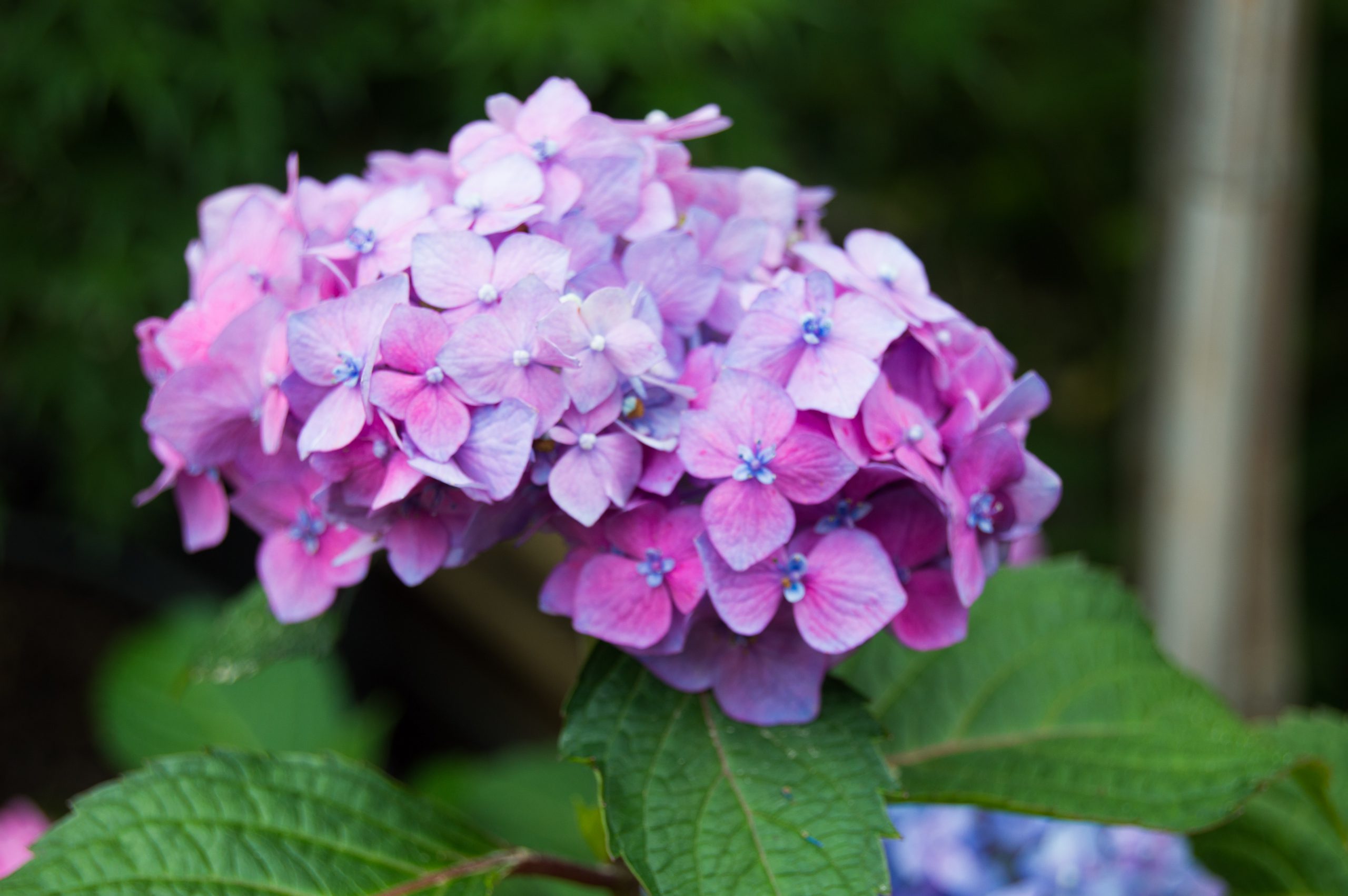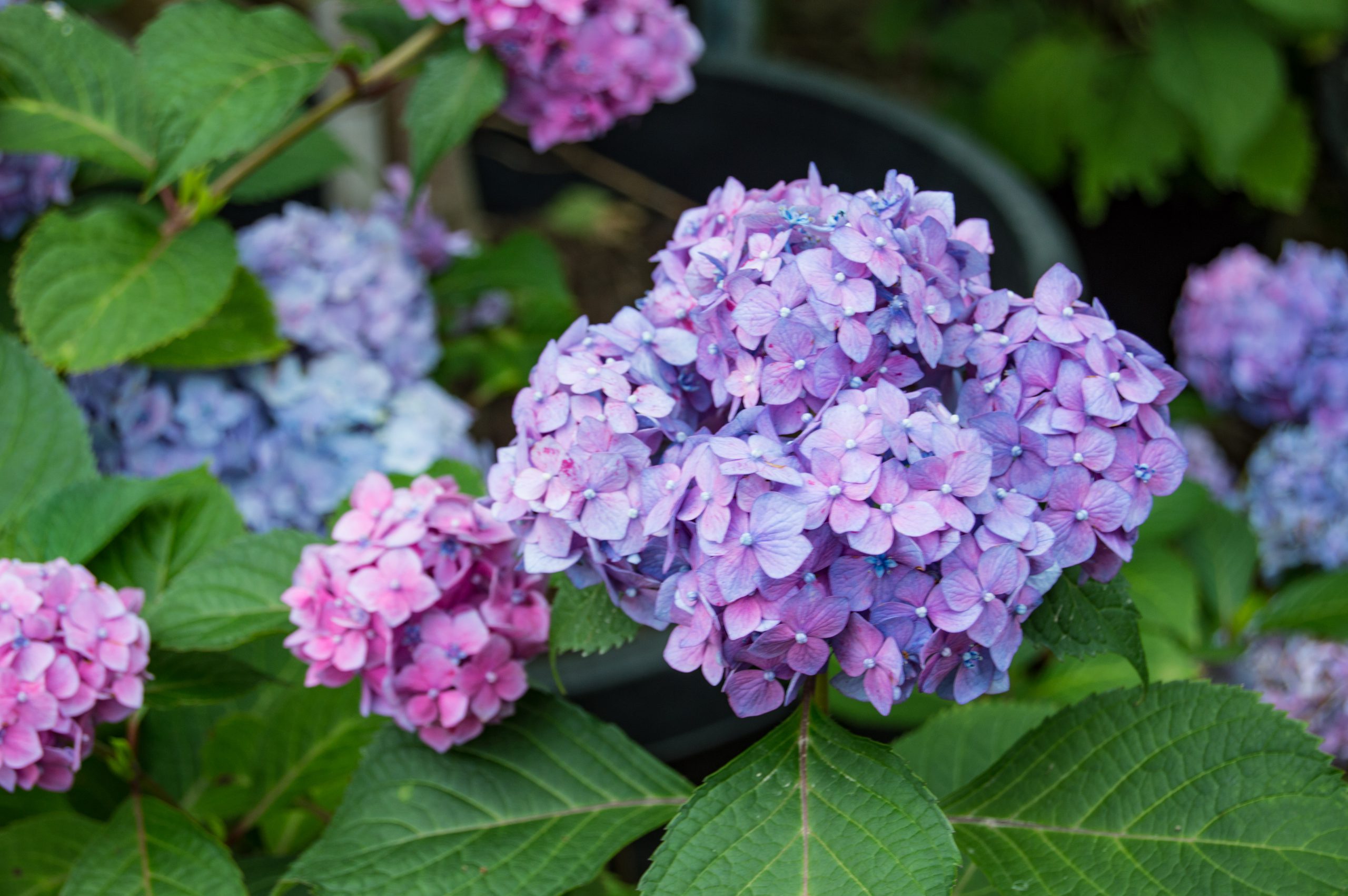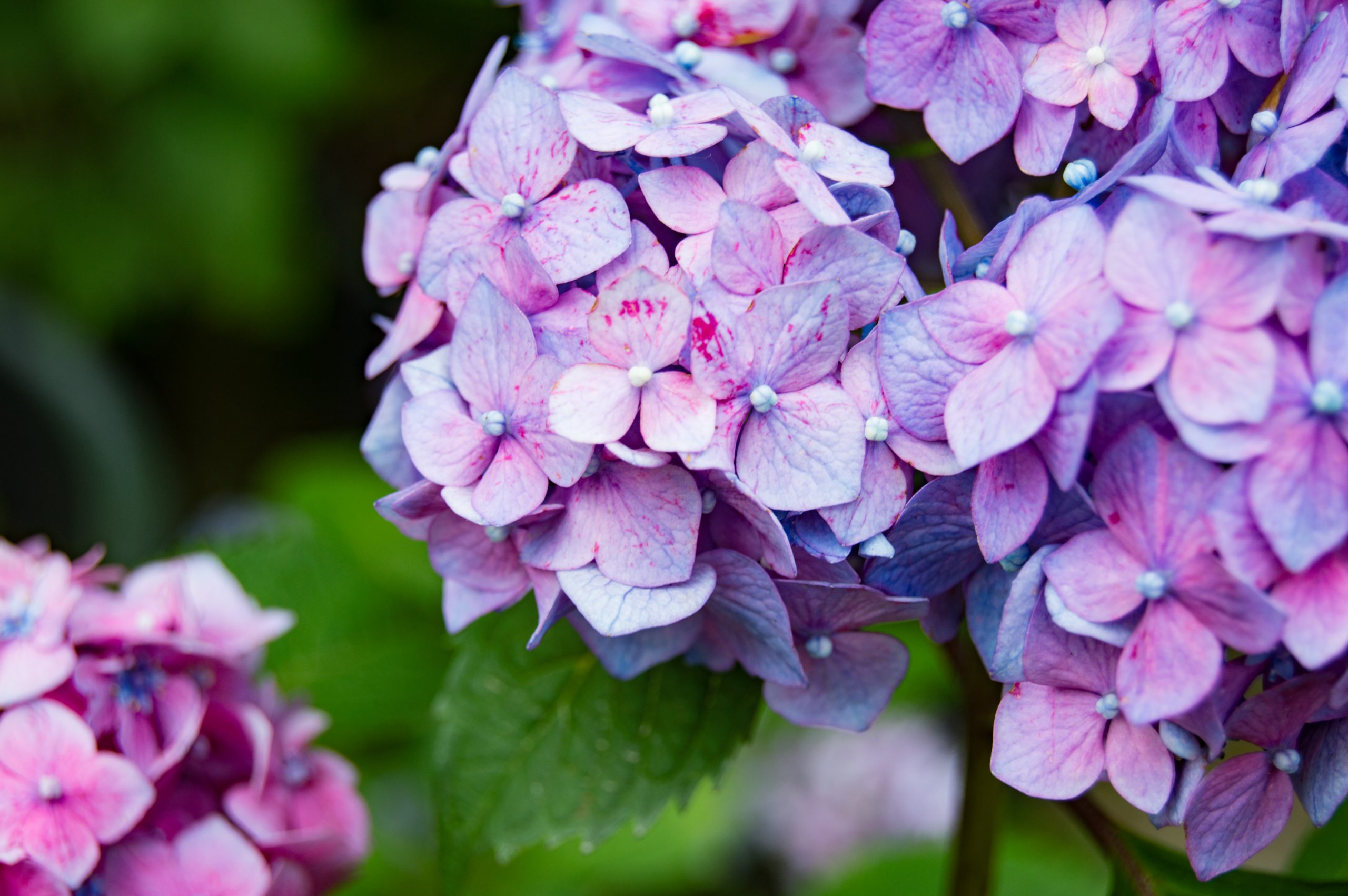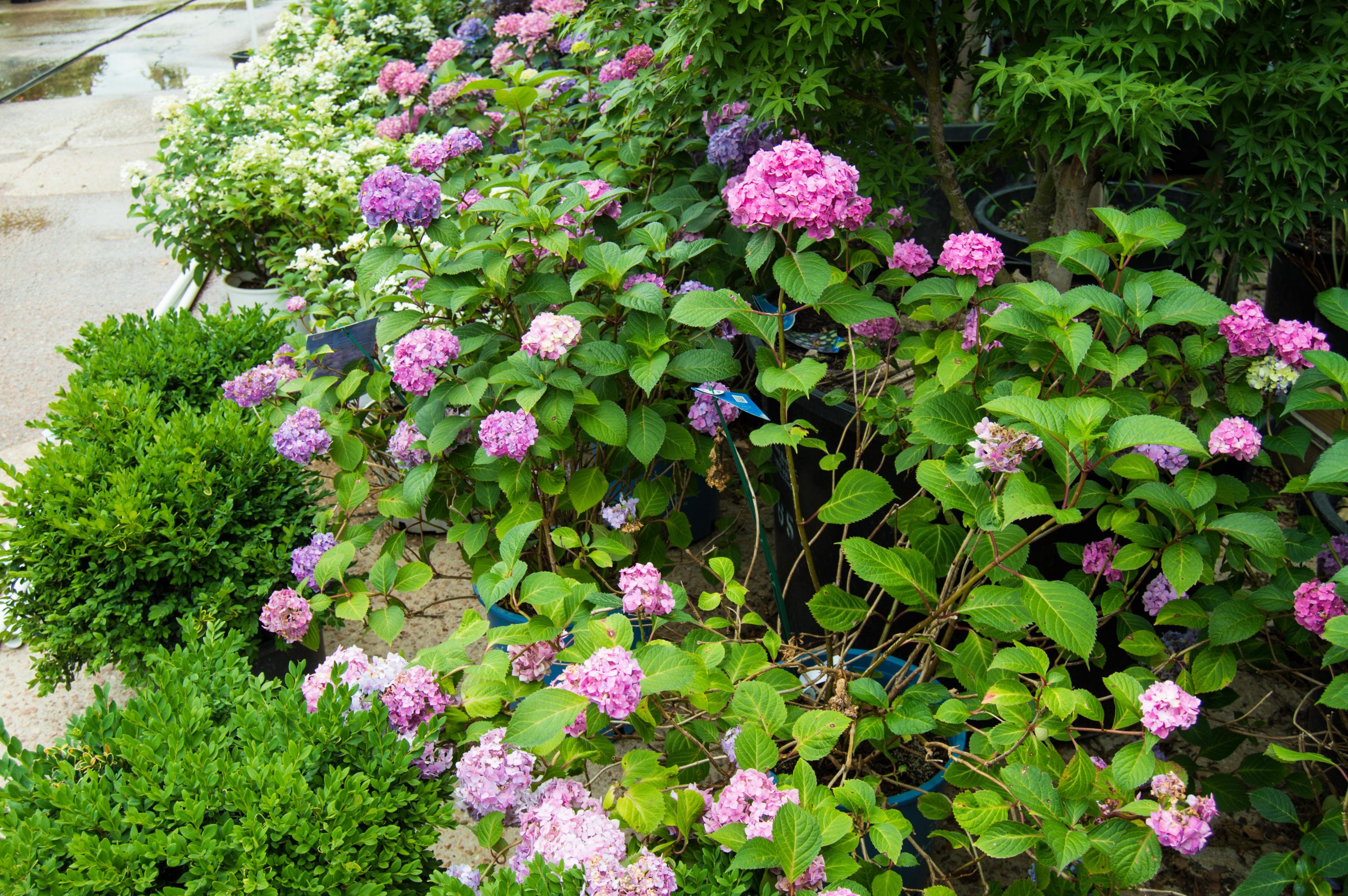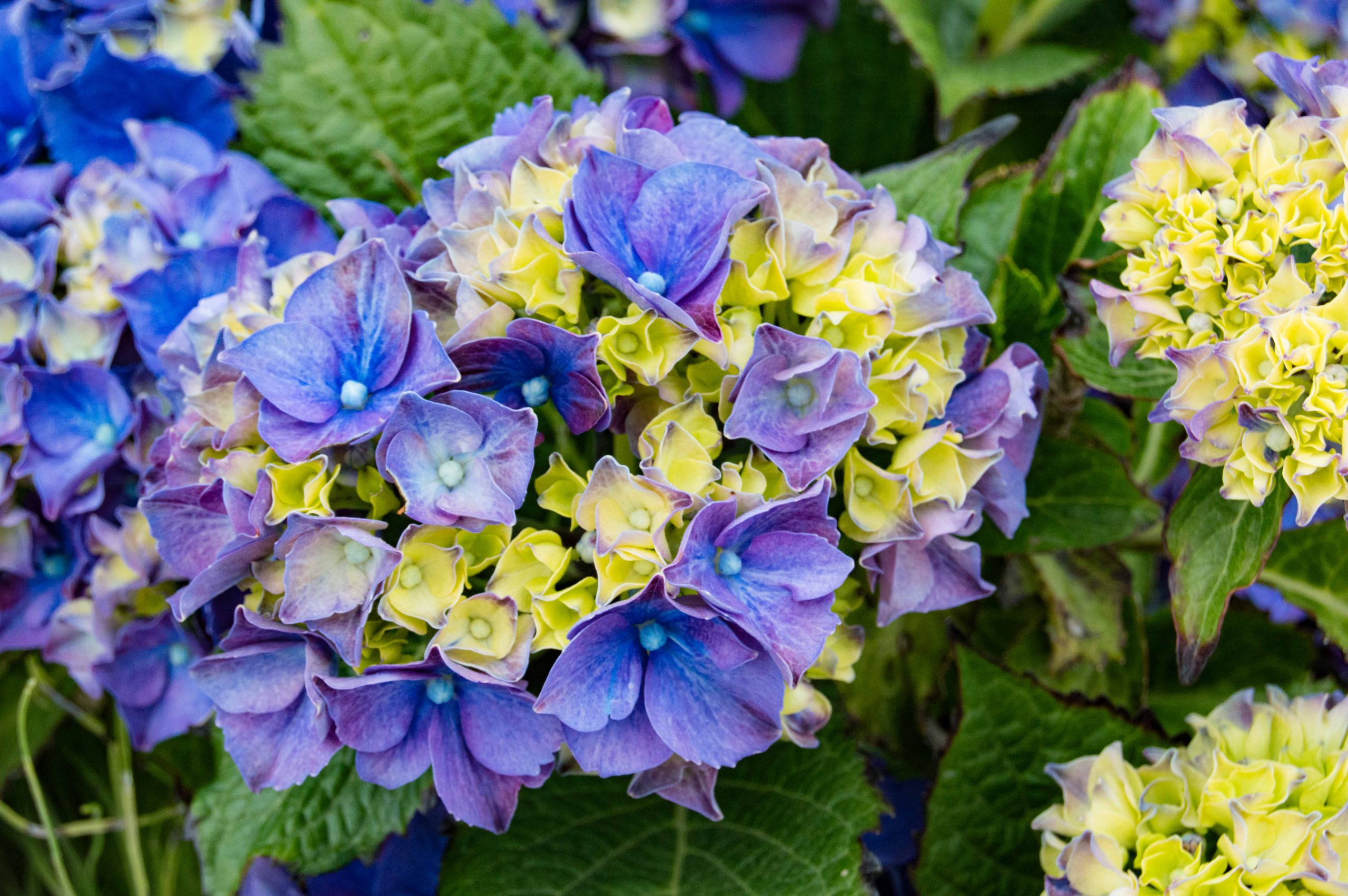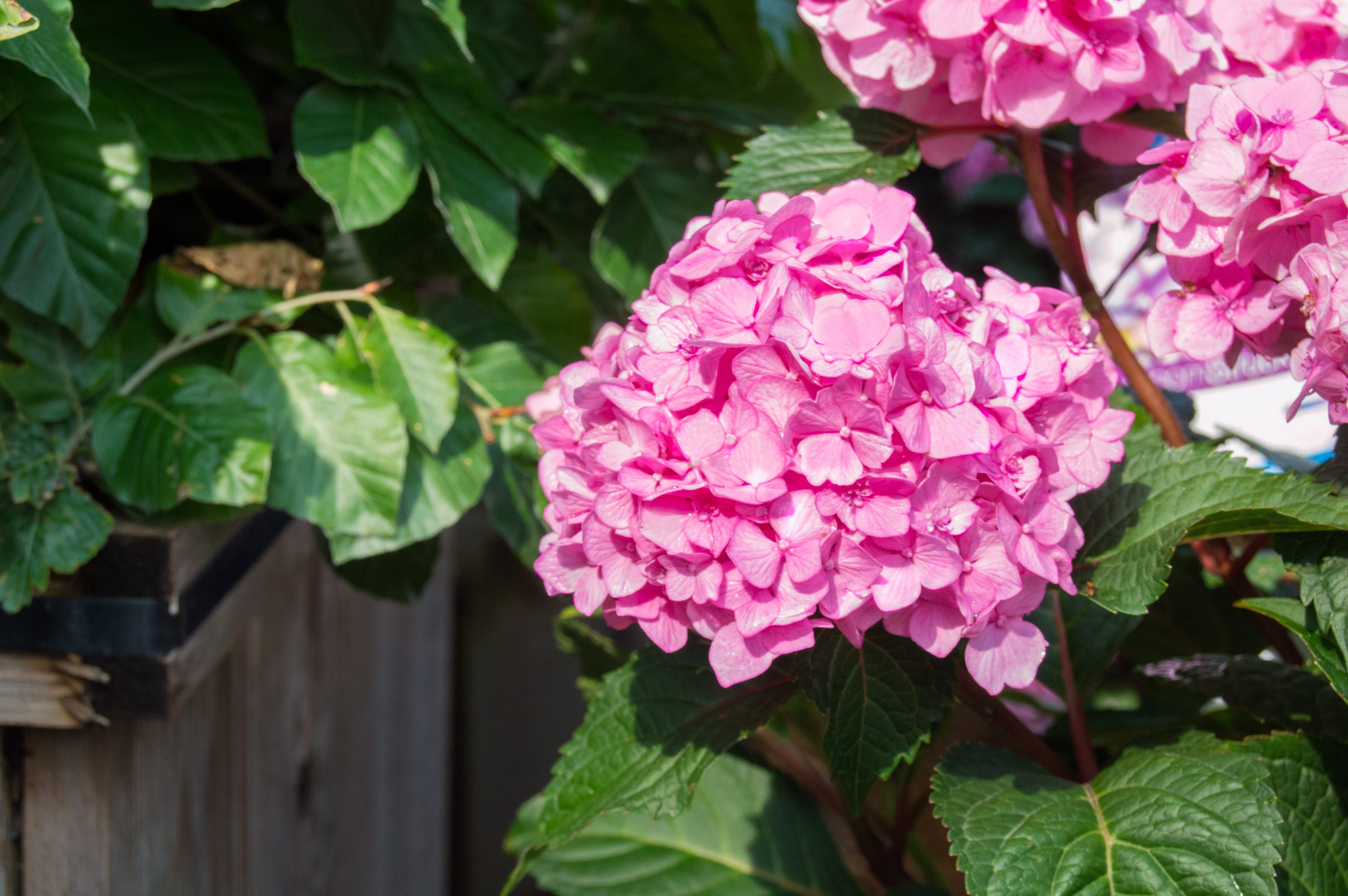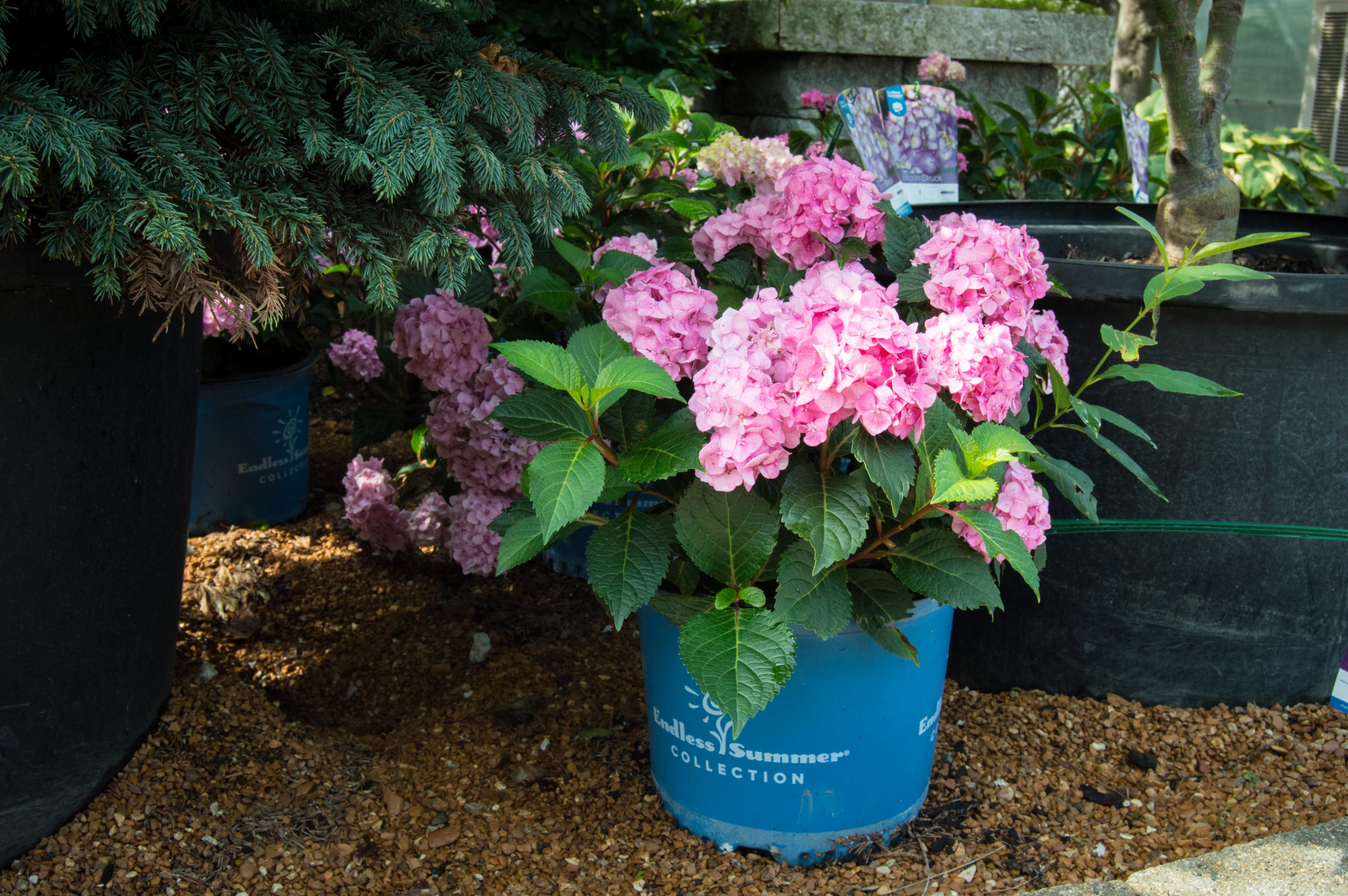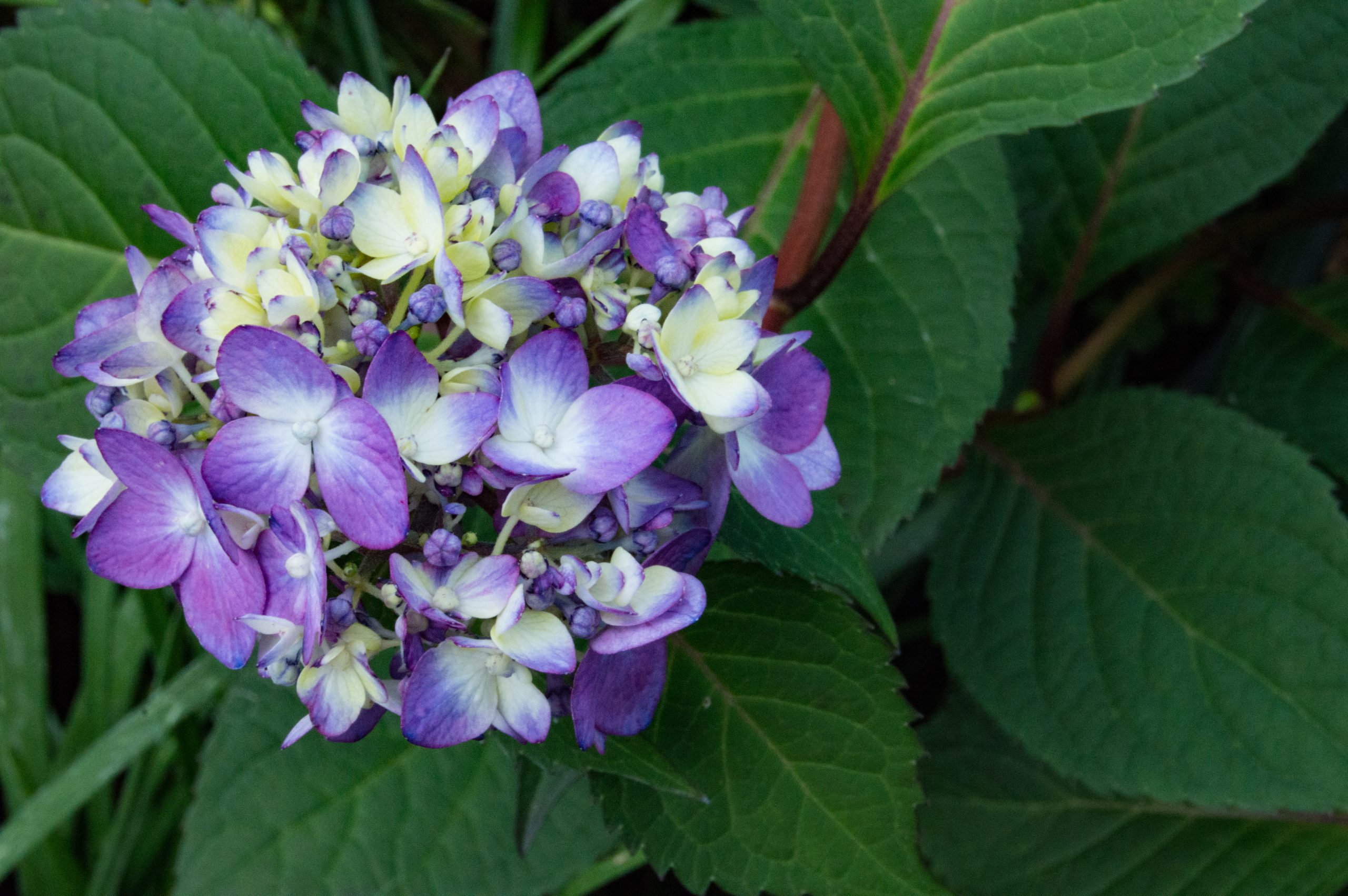Hydrangea, Bloomstruck
Plant Type
Deciduous ShrubHeight
3-5 ft.Bloom/Foliage Color
Purple / PinkHardiness Zone
4-9Spread
3-5ftGrowth Habit
DwarfAdditional Information
Blooms vary from deep rose (alkaline soil) to violet blue (acidic soil).
Care Information:
BLOOM COLOR: To produce blue blooms, add aluminum sulfate. More acidic soils also produce bluer blooms. || To produce more lilac to pink blooms, add lime. Soil with higher alkaline levels also produce pinker blooms. || Soil treatment needs to begin in advance of the flowering season, so late fall or early spring would be ideal. ||
PRUNING: Usually doesn’t require much blooming. If needed, prune right after flowering by cutting back flower stems to a pair of healthy buds. Prune the week of winter damaged stems in late winter or early spring. ||
BLOOMING: It is not uncommon for hydrangeas to have flowering seasons that produce little to no flowers. This is usually due to what the weather was like in the winter (lower temps, sudden, drastic temp fluctuations, icy conditions, late frosts). To help produce more blooms, you can use a granular, slow-release fertilizer with a high percentage of phosphorous. However, over-fertilizing can stunt bloom production.

